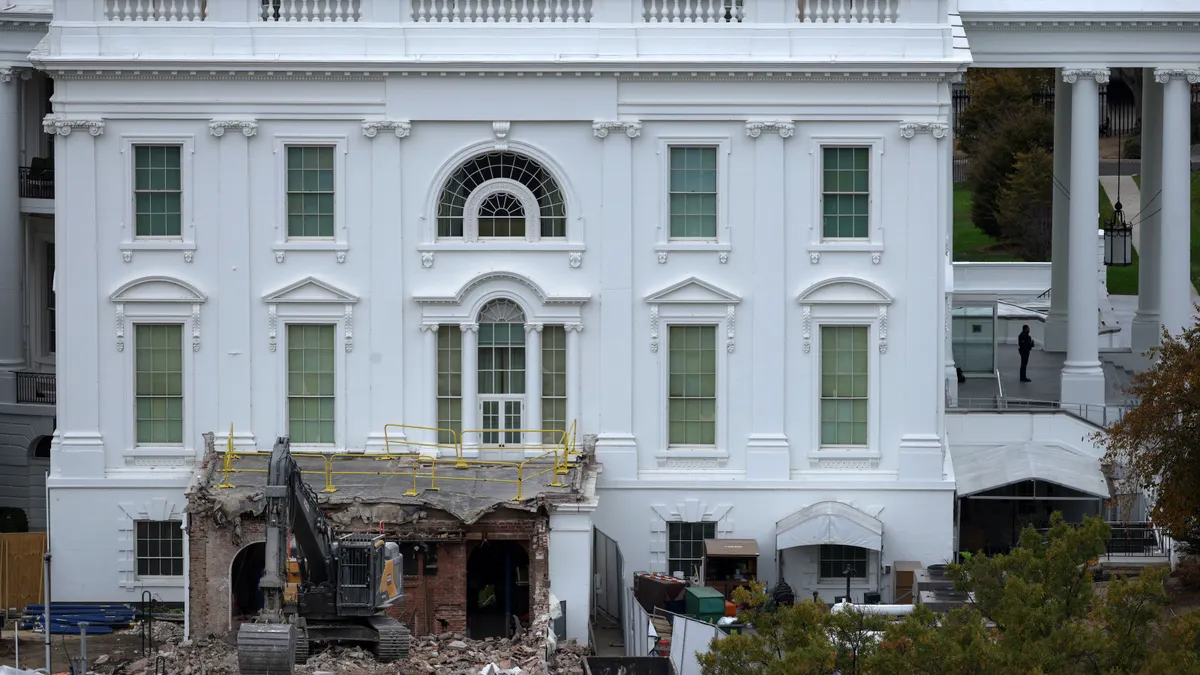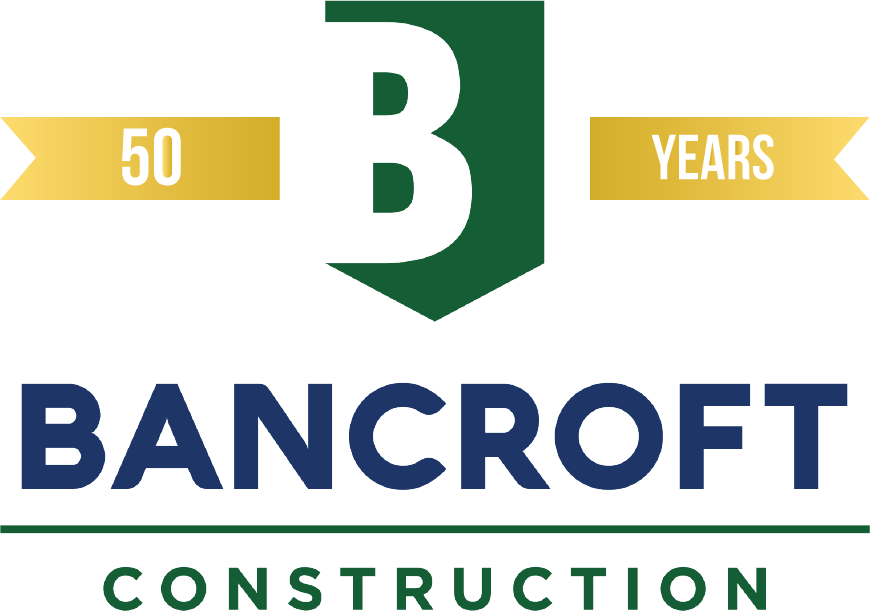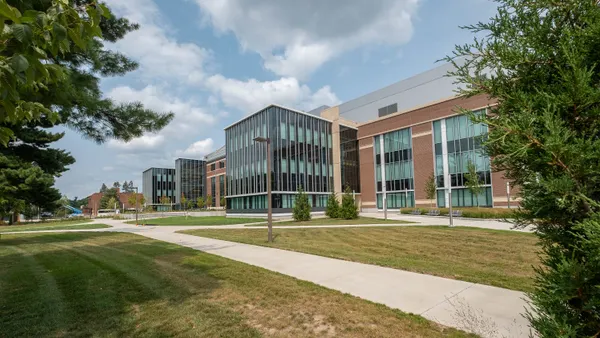Dive Brief:
- Researchers at the Self-Assembly Lab at MIT and Gramazio Kohler Research are hoping to shake up the world of temporary architecture with their "reversible concrete" structure, created using only a 3-D printer, rocks and string, according to the Creators Project. See photos of the structure here.
- The team presented their creation, "Rock Print," at the Chicago Architecture Biennial, and demonstrated how the 13-foot-tall column could be disassembled by simply winding up the string placed throughout the structure.
- According to the project team, "Rock Print" represents a possible alternative to concrete — one that is easily erected and then removed, leaving no trace behind.
Dive Insight:
"Rock Print," according to The Creators Project, is based on a practical implementation of the "jamming phenomenon," the physical changes that occur from the increased packing density of, in this case, rocks. The project team used crushed gneiss rock for its impressive load-bearing capabilities.
The team compares its process to powder-based printing, and MIT researcher Skylar Tibbits told The Creators Project, "There is a container, material is deposited layer by layer and a 'binder; (in this case the string) is applied to each layer in the specific pattern of the slice."
If the team can create a workable model, they say the possibilities are endless — including temporary housing and service centers after a natural disaster, festival and special event facilities, pop-up shops and more.
Project installation lead Andreas Thoma told The Creators Project, "The ability to digitally fabricate, disassemble, and reassemble structures with no material losses changes the paradigm of architecture as well as the view of permanent/temporary architecture."













